Fish Crow [Corvus ossifragus]: Uncovering Facts, Sounds, and Habitat
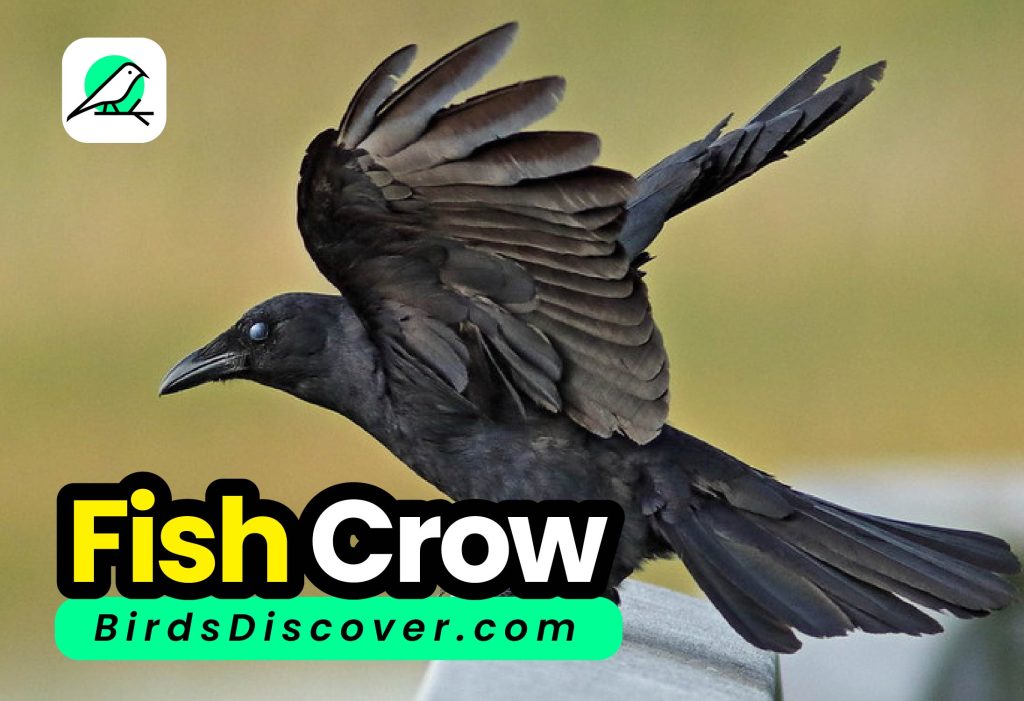
Listen for their unique calls, which are a key identifier of the species in their habitat.
They thrive in diverse environments, from urban settings to natural coastal habitats.
Fish Crow
Fish Crow (Corvus ossifragus) is a medium-sized bird native to the southeastern and eastern United States. It is a member of the Corvidae family, which includes crows, ravens, and magpies. Here’s a description of the Fish Crow:
Scientific Classification
| Feature | Details |
|---|---|
| Common Name | Fish Crow |
| Scientific Name | Corvus ossifragus |
| Family | Corvidae (Crow family) |
| Order | Passeriformes |
| Habitat | Coastal regions, marshes, estuaries, riverbanks, and near water bodies |
| Geographical Range | Eastern and southeastern United States, primarily along the Atlantic and Gulf coasts |
| Diet | Omnivorous: includes fish, crustaceans, insects, small vertebrates, fruits, and garbage |
| Size | 36–41 cm (14–16 inches) in length |
| Wingspan | 85–100 cm (33–39 inches) |
| Weight | 270–320 g (9.5–11.3 oz) |
| Coloration | Glossy black feathers, often with a slightly purplish or greenish sheen |
| Vocalization | Nasal “uh-uh” or “cah-cah” sounds, different from the American Crow’s call |
| Breeding Season | March to June |
| Nesting | Builds nests in trees or shrubs, often near water; uses sticks and lined with softer materials |
| Clutch Size | 3-6 eggs |
| Egg Color | Pale blue-green, speckled with brown |
| Lifespan | Up to 14 years in the wild |
| Conservation Status | Least Concern (IUCN) |
| Notable Behaviors | Highly social, often seen in groups, known for its intelligence and adaptability |
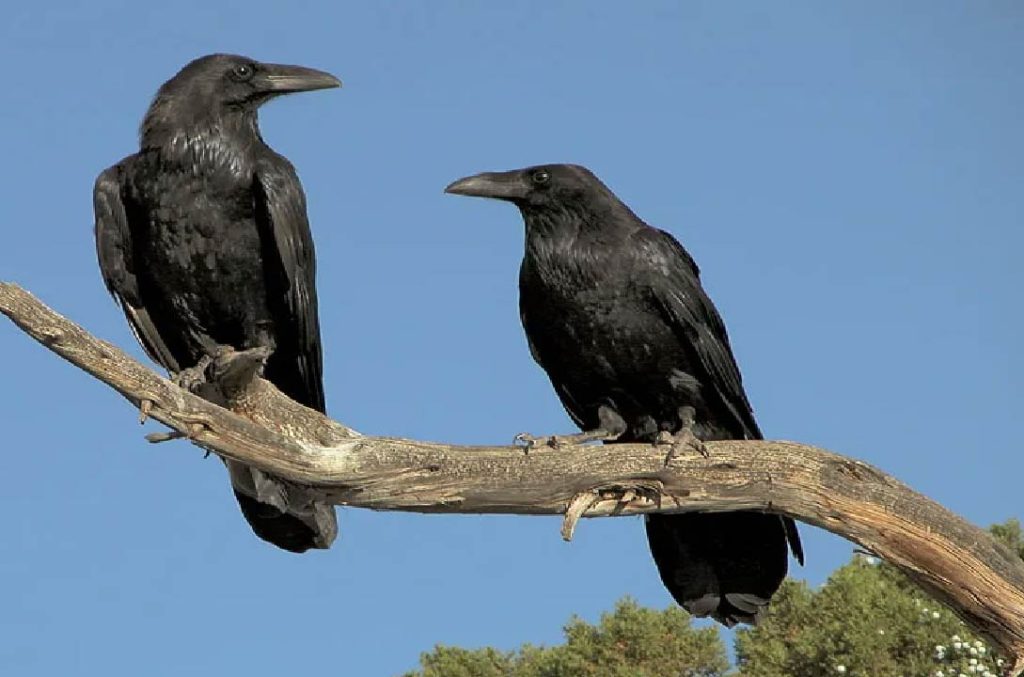
Here are some interesting facts about the Fish Crow (Corvus ossifragus):
Conservation Status: The Fish Crow is currently listed as “Least Concern” by the IUCN, indicating that it is not at immediate risk of population decline.ss and environmental changes.
Distinctive Call: The Fish Crow is known for its unique nasal “uh-uh” call, which helps distinguish it from the American Crow, whose call is more of a “caw-caw.”
Coastal Preference: Unlike the American Crow, the Fish Crow is more commonly found near coastal areas, rivers, and wetlands, where it often scavenges for food.
Intelligent Foragers: Fish Crows are highly intelligent and opportunistic, often seen stealing food from other birds or scavenging near human activity.
Omnivorous Diet: Their diet includes a variety of food sources, such as fish, crustaceans, insects, fruits, small vertebrates, and even garbage, showcasing their adaptability.
Nesting Habits: Fish Crows typically build their nests in trees or shrubs, often near water. They use sticks for the outer structure and line the nest with softer materials.
Similar Appearance to American Crow: Fish Crows are very similar in appearance to American Crows but are generally smaller, with a slightly more slender build.
Social Birds: These birds are highly social and are often seen in groups, especially during the non-breeding season when they gather in communal roosts.
Adaptive Behavior: Fish Crows are known for their ability to adapt to various environments, including urban areas, where they take advantage of food sources created by human activities.
Migration: While some populations are year-round residents, others may migrate short distances, especially in northern parts of their range.

Taxonomy:
- Domain: Eukarya
- Kingdom: Animalia
- Phylum: Chordata
- Class: Aves
- Order: Passeriformes
- Family: Corvidae
- Genus: Corvus
- Species: Corvus ossifragus
The Fish Crow belongs to the genus Corvus, which includes other crow species, ravens, and magpies. It is closely related to the American Crow (Corvus brachyrhynchos), but differs in size, vocalization, and certain ecological preferences.
Etymology:
- Genus Name: Corvus is Latin for “crow” or “raven,” a term used to describe the birds in this genus, which are known for their intelligence and adaptability.
- Species Name: Ossifragus is derived from Latin, meaning “bone-breaker.” This name is somewhat misleading for the Fish Crow, as it is more associated with aquatic environments and does not typically exhibit bone-breaking behavior. The name may have been originally applied based on confusion with other species or a perceived behavior that has not been widely observed.
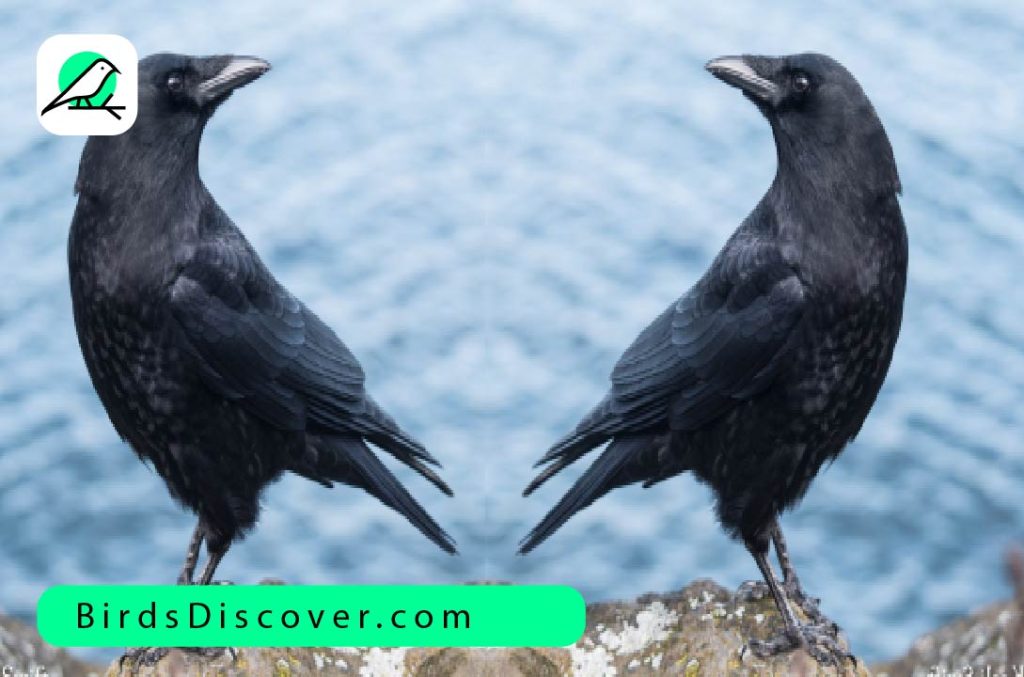
Species in same Genus
| Species Name | Common Name |
|---|---|
| Corvus ossifragus | Fish Crow |
| Corvus brachyrhynchos | American Crow |
| Corvus corax | Common Raven |
| Corvus caurinus | Northwestern Crow |
| Corvus frugilegus | Rook |
| Corvus monedula | Western Jackdaw |
| Corvus cornix | Hooded Crow |
| Corvus splendens | House Crow |
| Corvus cryptoleucus | Chihuahuan Raven |
| Corvus albus | Pied Crow |
Behavior:
- Social Structure: Fish Crows are social and often seen in pairs or small groups. They are known to form larger flocks, particularly outside the breeding season, and sometimes roost communally with other crow species, like the American Crow.
- Foraging Habits: They are opportunistic foragers, often seen scavenging along shorelines, in wetlands, and around urban areas. Fish Crows are intelligent birds, known to use problem-solving skills to access food. They have been observed dropping hard-shelled prey, such as crabs, from heights to crack them open.
- Vocalization: Fish Crows are recognized by their distinctive nasal “cah” or “uh-uh” call, which is shorter and higher-pitched than that of the American Crow. This vocalization is a key identifier of the species.
- Nesting: They typically nest in tall trees near water. The nest, made of twigs and lined with softer materials, is usually placed high up to avoid predators. Both parents are involved in nest building, incubating the eggs, and feeding the young.
Diet:
- Primary Food Sources: Fish Crows are omnivorous, with a diet that includes a wide variety of foods:
- Small Aquatic Animals: They consume small fish, crabs, and other aquatic invertebrates, often foraging along shorelines or in shallow water.
- Insects: Insects like beetles, grasshoppers, and caterpillars are commonly eaten, especially during the breeding season when protein-rich food is needed for chicks.
- Bird Eggs and Nestlings: Fish Crows are known to raid the nests of other birds, eating eggs and occasionally nestlings.
- Fruits and Seeds: They feed on various fruits, seeds, and nuts, including those of pine and oak trees.
- Carrion: Like other crows, Fish Crows are scavengers and will eat carrion when available.
- Human Food Waste: In urban and suburban areas, they often scavenge in garbage dumps and parking lots, feeding on discarded food.
Fish Crows are highly adaptable in their diet, which allows them to thrive in diverse environments. Their ability to exploit a wide range of food sources is a key factor in their success as a species.
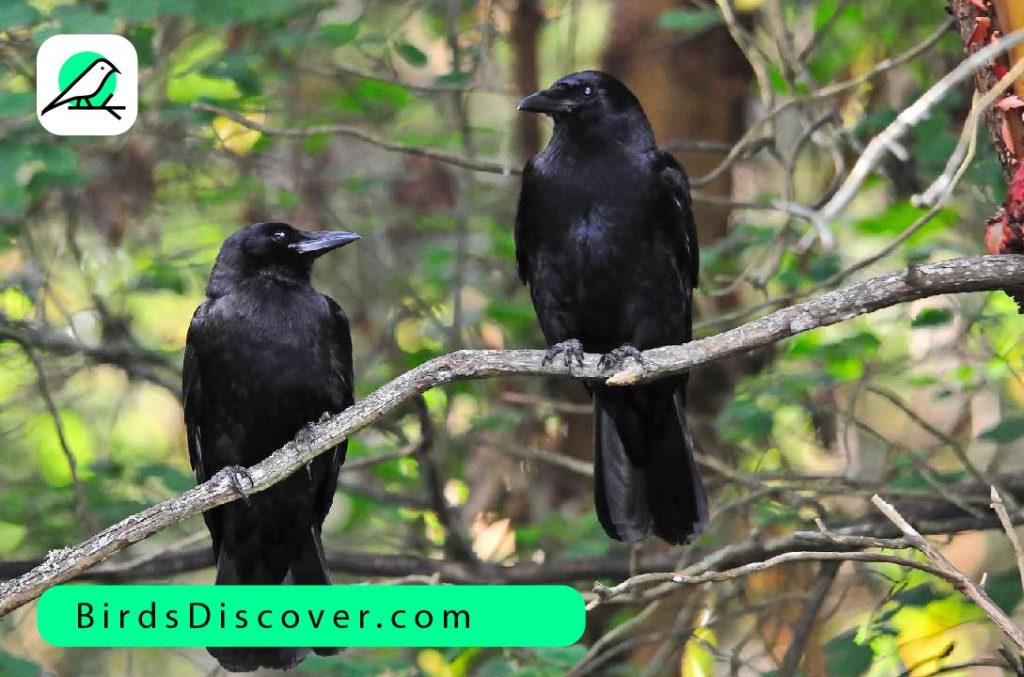
Breeding:
The Fish Crow’s breeding season begins in early spring, typically from March to June. They nest in tall trees near water, constructing nests from twigs and lining them with softer materials. The female lays 3 to 5 pale blue or greenish eggs with brown spots, and incubates them for about 16 to 18 days. Both parents feed the chicks, which fledge about 30 to 35 days after hatching. Even after fledging, the young remain close to their parents for several weeks. After the breeding season, Fish Crows often join communal roosts with other crows.
Threats
| Threat | Description |
|---|---|
| Habitat Loss | Urbanization, deforestation, and wetland drainage reduce available nesting and foraging habitats, particularly in coastal and wetland areas. |
| Climate Change | Rising sea levels and changing weather patterns can impact coastal habitats and food availability, affecting the Fish Crow’s breeding and feeding. |
| Pollution | Pollution, including pesticides and chemicals, can contaminate food sources and negatively impact Fish Crow health and reproduction. |
| Human-Wildlife Conflict | In urban areas, Fish Crows may be seen as pests, leading to control measures that can reduce local populations. |
| Predation | Eggs and chicks are vulnerable to predation by other birds, mammals, and snakes, particularly in fragmented or disturbed habitats. |
| Competition | Competition with other bird species, such as the American Crow, for food and nesting sites, can impact Fish Crow populations. |
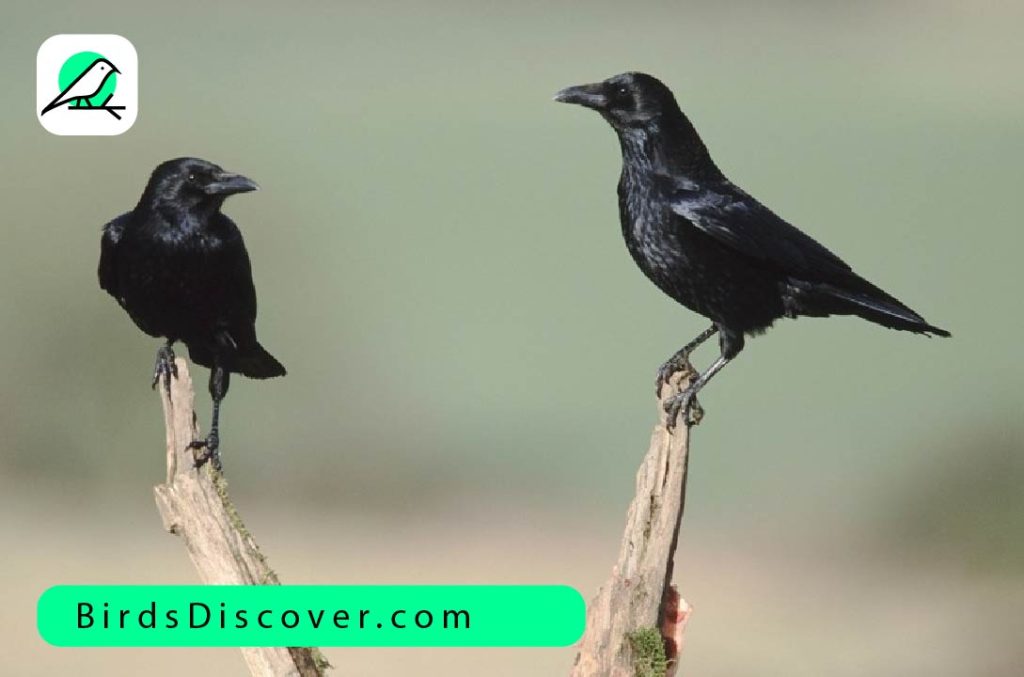
Conservation
The Fish Crow is currently listed as “Least Concern” by the IUCN, with a stable population. Conservation efforts focus on protecting coastal and wetland habitats, crucial for nesting and foraging. Enforcing environmental regulations helps reduce pollution impacts. Addressing climate change is important for preserving their habitats. Public awareness and education promote coexistence in urban areas. Ongoing research and monitoring are vital for tracking population health and addressing emerging threats.
Lifespan
The Fish Crow (Corvus ossifragus) typically has a lifespan of around 7 to 10 years in the wild, though some individuals may live longer under favorable conditions. Factors such as food availability, predation, environmental conditions, and human impact can influence their lifespan. In captivity, where threats are minimized, Fish Crows can live longer, sometimes exceeding 15 years.
Common Names in Different Languages
| Language | Common Name |
|---|---|
| English | Fish Crow |
| Spanish | Cuervo Pescador |
| French | Corneille de rivage |
| German | Fischkrähe |
| Italian | Corvo pescatore |
| Portuguese | Corvo-pescador |
| Dutch | Viskraai |
| Russian | Рыбный ворон (Rybny Voron) |
| Chinese | 鱼鸦 (Yú Yā) |
| Japanese | ウオガラス (Uo Garasu) |
| Korean | 물까마귀 (Mulkkamagwi) |
FAQs
What is a Fish Crow?
The Fish Crow is a medium-sized black bird belonging to the genus Corvus. It is primarily found in the southeastern and eastern United States and is known for its distinctive nasal calls and dietary preferences that include small fish and aquatic invertebrates.
Where can I find Fish Crows?
Fish Crows are typically found near coastal areas, rivers, and wetlands in the southeastern and eastern U.S. They thrive in habitats such as marshes, estuaries, and urban environments close to water.
What do Fish Crows eat?
Fish Crows are omnivorous and have a diverse diet that includes small fish, crabs, insects, fruits, seeds, and carrion. They are opportunistic foragers and can often be seen scavenging in urban areas.
How do Fish Crows breed?
Breeding season for Fish Crows typically occurs from March to June. They build nests in tall trees near water, laying 3 to 5 eggs that both parents help incubate. The chicks fledge about 30 to 35







